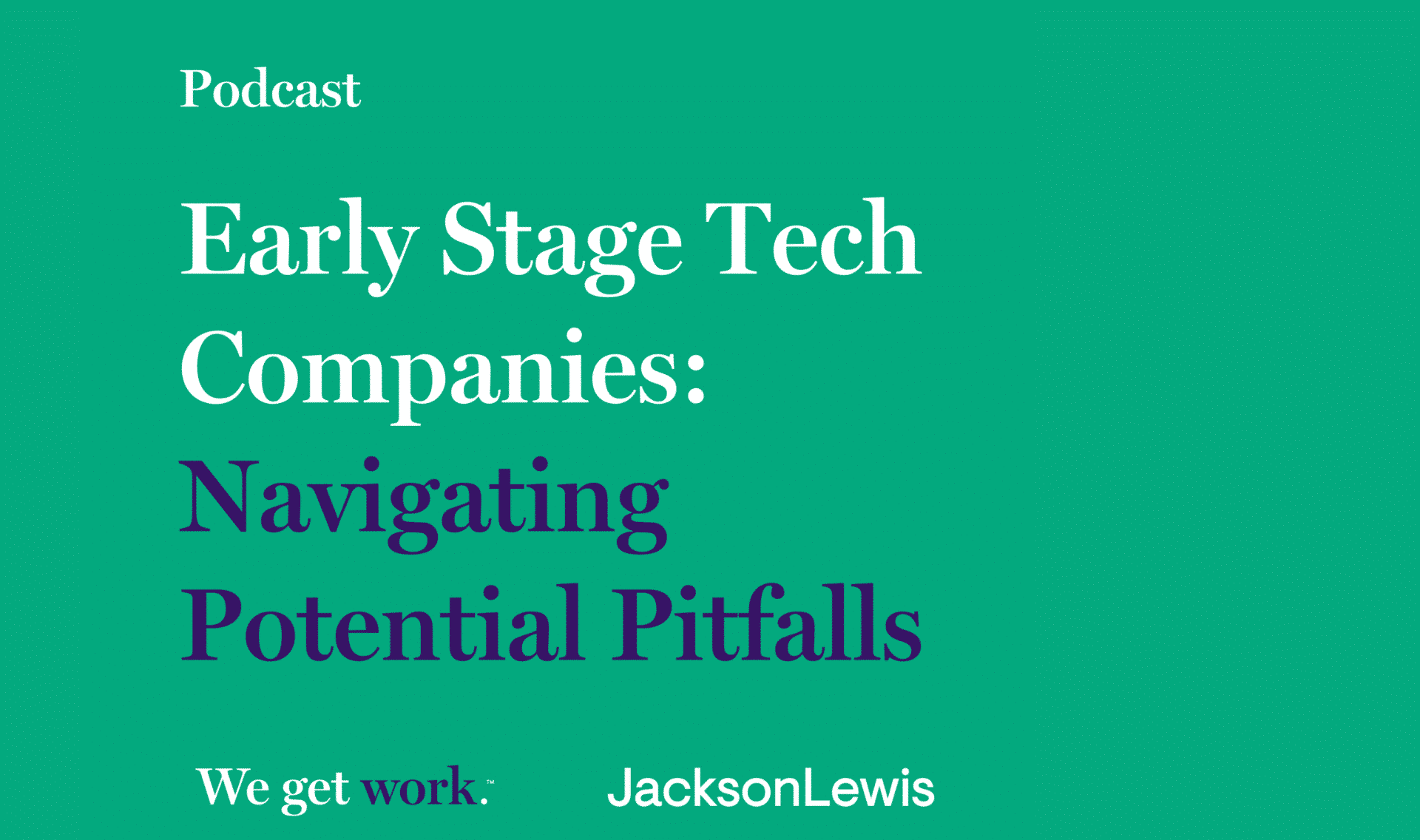Guest Post by Marny Lifshen - How are you managing professional stress? Our workplaces can be a stressful place, especially with recent political, economic and social upheaval. Many professionals are worrying about how these pressures will affect their companies,...







